
THE HUMAN BIORHYTHM
and what role the inner clock plays
Over millions of years, the human body has become accustomed and adapted to the changing seasons and times of day. Basically, everyone carries their own little inner clock with them, which controls the body. This inner clock is responsible for the rhythm of sleep and waking, but also for the mood and many other processes in the organism. If it is disturbed, we can even become ill, cardiovascular disorders or blood pressure problems can occur.
THE CYCLES
The body functions in cycles – Chronobiologists divide these into 3 important categories:
- Ultradian rhythms – these are only a few hours, such as times of day and phases of sleep and wakefulness
- Circadian rhythms – they last about 24 hours and are oriented towards day and night
- Infradian rhythms – are the longest cycles, much longer than 24 hours. For example, the change of seasons
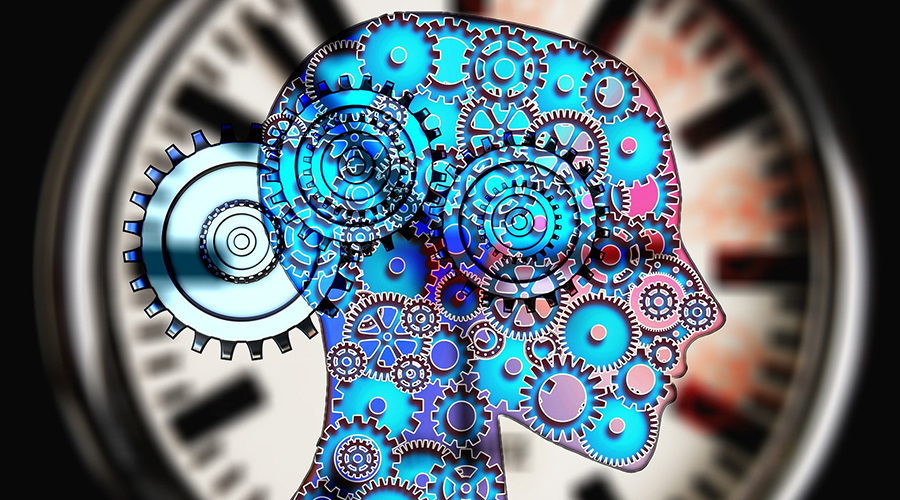
THE BIORHYTHM DURING THE DAY
The circadian rhythm of the human body looks something like this:
- Before waking up: pulse, blood pressure and temperature rise
- In the morning: “wake-up” hormones are released and stimulate body and mind
- Late morning: High performance the first! We are running at full speed, both brain and body. The best time for challenging activities, e.g. exams or tricky mental exercises.
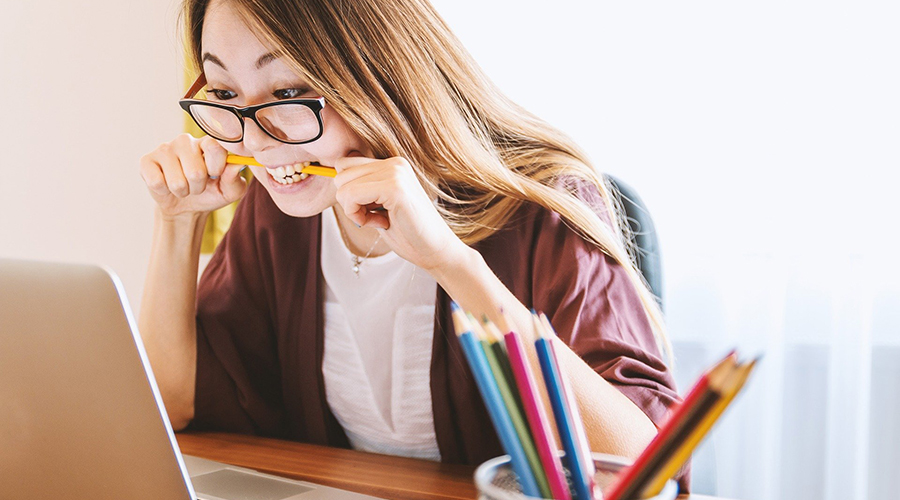
- At midday: Lunchtime low. The digestion of lunch demands so much energy from the body that all other functions are shut down.
- Early afternoon: High performance the second! The energy of the food arrives and we are top fit again. At this time of the day the pain is reduced, the best time for hard work.
- Late afternoon: Ideal for sportsmen! Muscle building and fitness training work especially well

- In the evening: For the body the end of work begins. With increasing darkness, tiredness grows.
- At night: Absolute low point of the performance of our organism. The body and the brain rest.
INFRADIAN RHYTHM
Not only the circadian daily rhythm has an effect on our body. The seasons also play a major role. In summer, for example, we are fitter, more efficient and happier for longer. While the lack of light in winter often makes us tired and in a bad mood. For some people (about every 10th adult is affected) this can lead to SAD, Seasonal Affective Disorder.
One method to treat this is light therapy. This is the targeted use of daylight to bring the hormone production back into balance.
THE INNER CLOCK AND THE OLD AGE
In the course of our life our biorhythm also changes. So babies and toddlers, but also old people are more in tune with the ultradian cycles. This means shorter, but more sleep and waking phases, for example. In old age, the body needs less sleep at night, but is reluctant to give up naps in the afternoon.
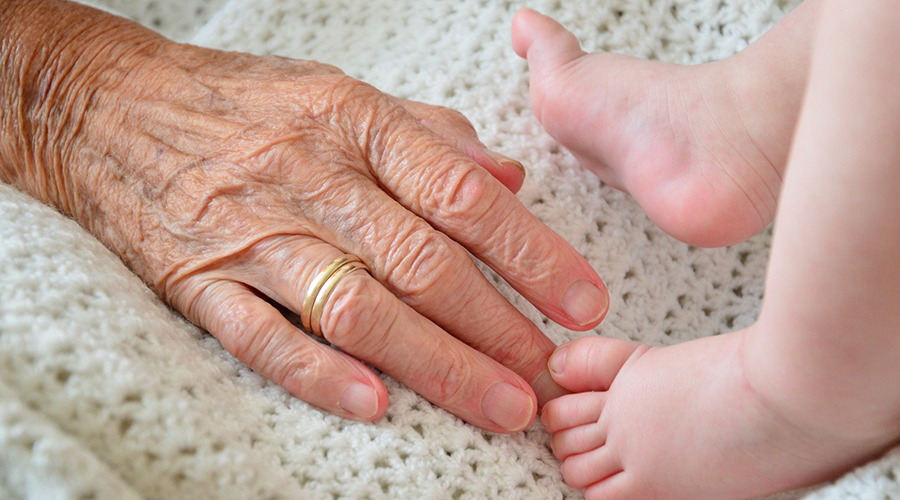
SLEEP / WAKE RHYTHM
Scientists differentiate between two chronotypes in the rhythm of sleep and wakefulness:
- early riser
- night owls
“The early bird catches the worm” is the guiding principle of the early bird, while the night owl is probably more the type “The early bird can kiss my ass”. This rhythm is even firmly anchored in our genetic make-up!
The early bird’s circadian cycle, its internal clock, ticks a little faster than the usual 24 hours. Awake earlier, fitter sooner, they say. The problem: even when going to bed late, at the weekend for example, or after a night out, this type is awake at the usual time in the morning. This result is a lack of sleep, which is difficult to make up for.
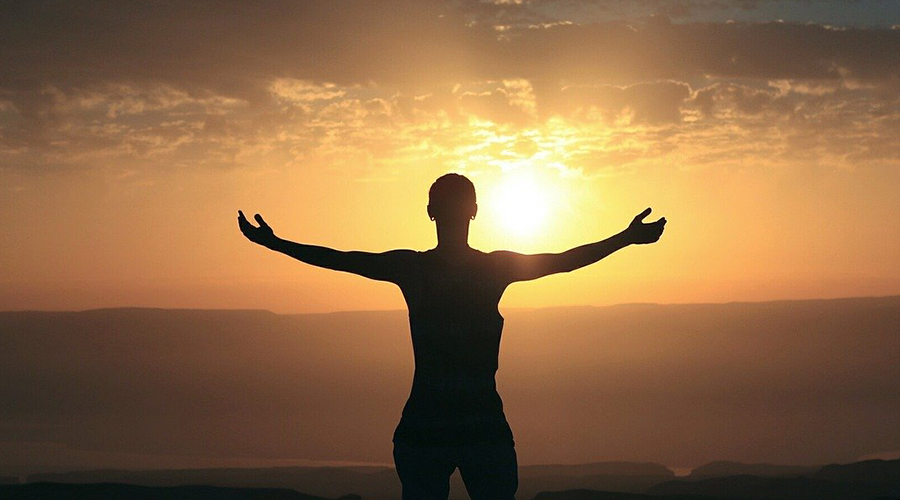
Night owls, on the other hand, need much more time to make friends with a new day and are real morning grumblers. Their circadian daily rhythm is sometimes even 26 hours. If “owls” are woken up every day before their inner time by the alarm clock, a sleep deficit accumulates, because they still cannot fall asleep faster in the evening. They have to make up for this deficit at the weekend. The body of night people can only get used to and adapt to changing factors with great difficulty.
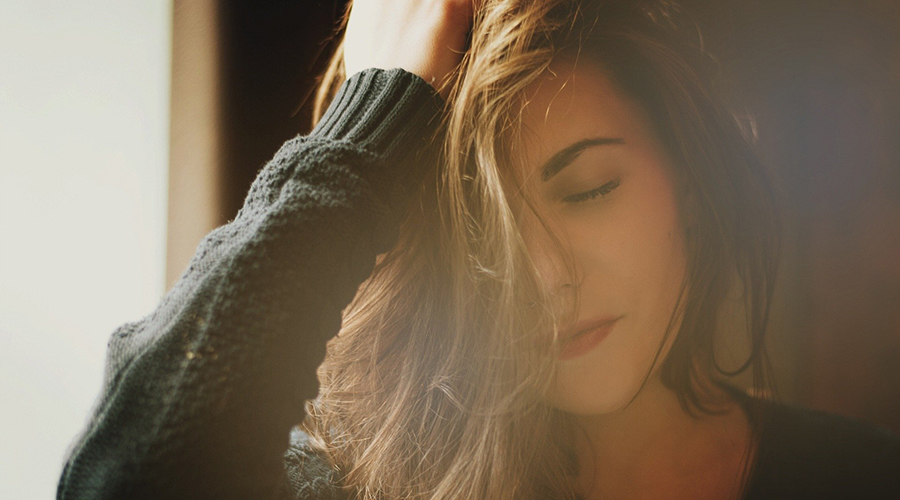
CONNECTION WITH ARTIFICIAL LIGHTING
What does the whole thing have to do with artificial light and lighting now?
Very simple: with good lighting adapted to the course of the day, we can influence and even restore the human biorhythm at the workplace, for example. The keyword here is dynamic lighting according to the HCL principle (Human Centric Lighting), the human being is at the centre of the lighting concept. The dynamic lighting imitates the course of the day, in light intensity, direction and also light colour. This makes a significant contribution to well-being and increased performance. The body is not unnecessarily stressed.
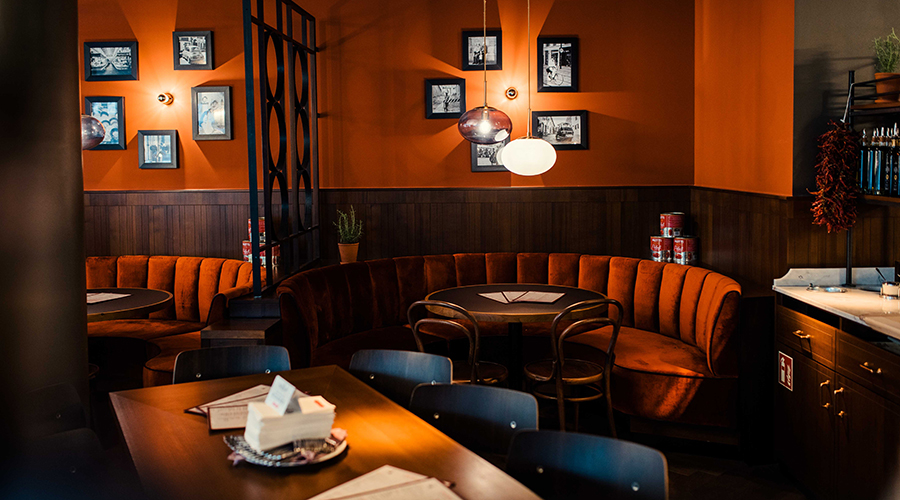
Different types of lighting are also very useful at home – who needs stimulating daylight on their sofa in the evening? Conversely, during the day, especially in rooms with little or no natural light, we should ensure that there is sufficient and stimulating lighting. This is especially important during the dark season.
If we understand and observe these correlations, we can live in harmony with our inner clock and our biorhythm!
With the LED illuminants from SEGULA we can offer a good lighting solution for many applications!
Example:
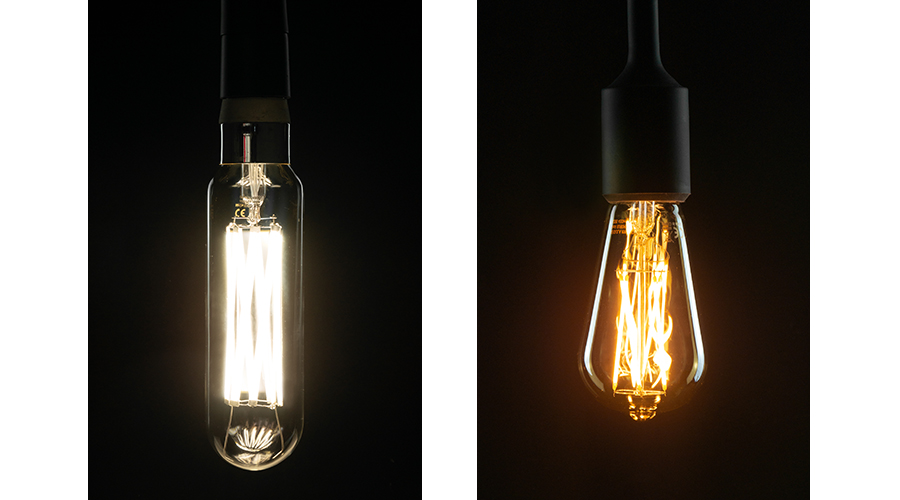
A beautiful tube from the SEGULA Bright Line – with a colour temperature of 4200 Kelvin and high lumen output of 4250 lumen. As a contrast, e.g. for cosy hours on the sofa, a smokey grey Rustika with 1900 Kelvin warm white colour and vintage character. So we find the ideal solution for every room!
Another highlight is the SEGULA Ambient Line. Different light colours in ONE LED illuminant with the Ambient Dimming Technology! With the fully dimmable illuminants it is even possible to change the light colour while dimming. For every demand the right mood. In the video: The shapely Ambient Dimming LED lamp “Trumpet”, which not only cuts a good figure when illuminated!
Biorhythm, Colour Temperature, Human and light, Human Centric Lighting, LED lighting, Light, Light Sources